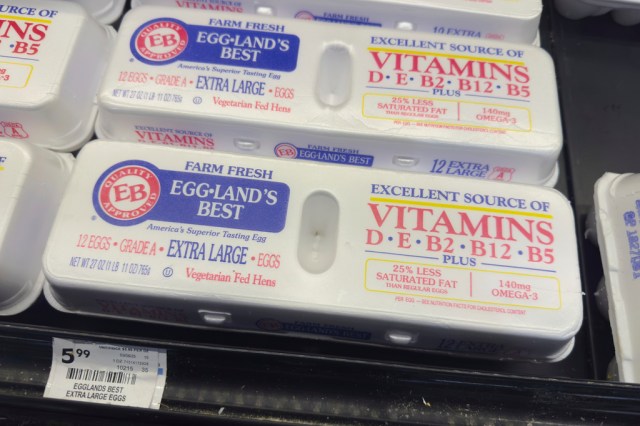Cracking the Code: How Egg Producers Milk Taxpayers While Emptying Wallets

In a controversial twist of economic irony, egg producers are simultaneously receiving substantial taxpayer-funded relief payments while charging consumers unprecedented prices for eggs. The agricultural industry has sparked widespread criticism as farmers collect millions in government subsidies even as grocery store shelves reflect record-breaking egg prices.
Recent data reveals that egg producers have been benefiting from generous government relief programs while consumers struggle with dramatically inflated egg costs. This dual financial advantage has raised serious questions about fairness and transparency in the agricultural sector. Families across the nation are feeling the pinch of soaring egg prices, which have reached historic highs in recent months.
The stark contrast between government support and consumer burden highlights a troubling disconnect in the current agricultural economic landscape. While farmers receive significant financial assistance, everyday Americans are forced to allocate more of their household budgets to basic food staples. Consumer advocacy groups are calling for greater oversight and accountability in how agricultural relief funds are distributed and how pricing strategies are implemented.
This situation underscores the complex challenges within the food production industry, where government support and market dynamics often create unexpected and seemingly inequitable outcomes. As egg prices continue to challenge household budgets, the debate surrounding agricultural subsidies and pricing practices grows increasingly intense.
